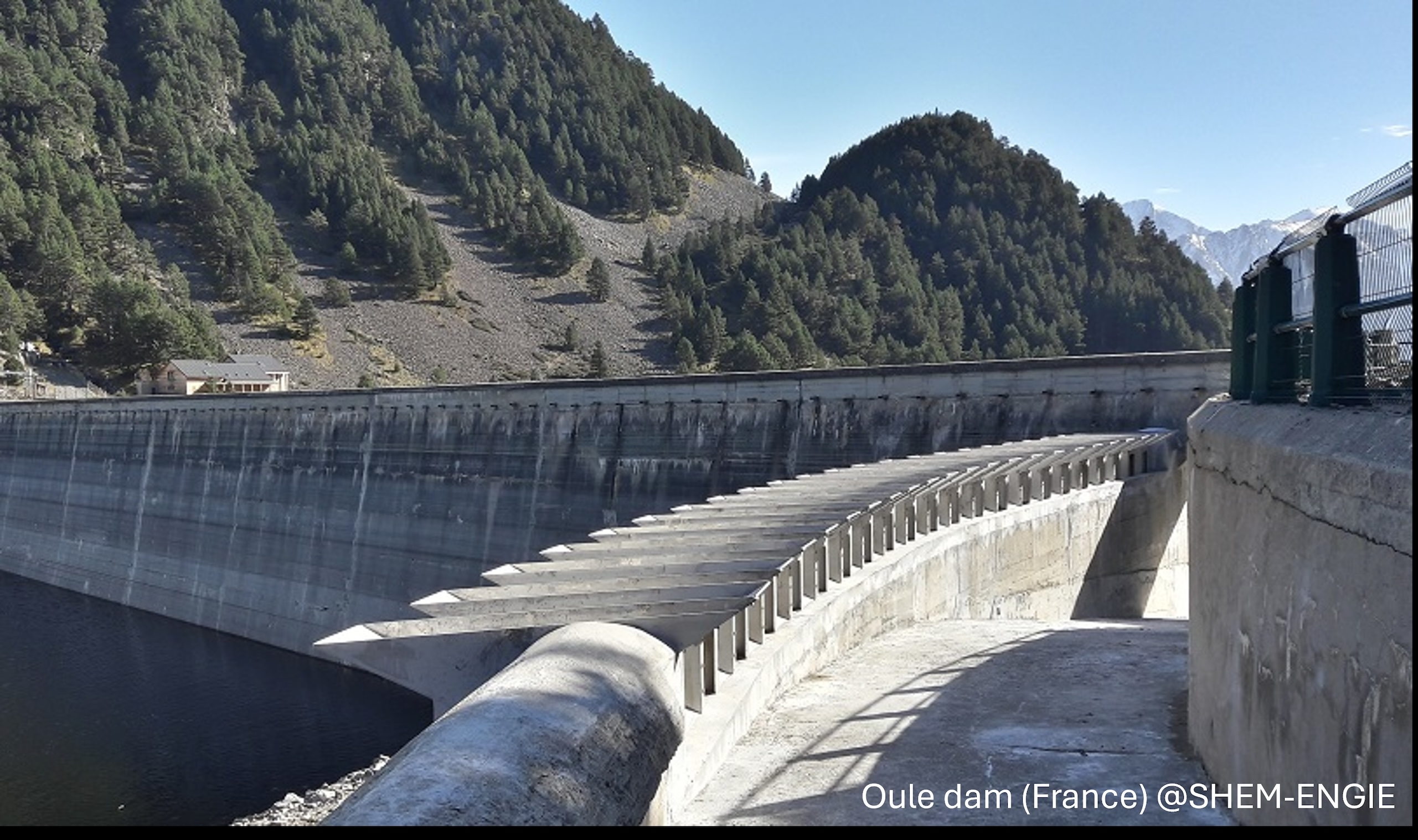Location
Atlanta, GA
Presentation Type
Presentation
Start Date
10-7-2025 1:45 PM
Description
Free-flow rectilinear spillways, while simpler and safer than gated or shaft spillways, have a low specific discharge, requiring a significant water head and resulting in a storage loss of more than 20% for some small reservoirs. To overcome this drawback, labyrinth weirs provide an effective alternative, allowing high discharge under a reduced head while maintaining lower construction and maintenance costs. For several decades, global research has focused on optimizing their design. In this context, a research project was initiated in 1995 at the University of Biskra to enhance the understanding of the hydraulic behavior of these structures. This project was carried out in two phases: the first (1995-2000) was dedicated to theoretical and experimental studies on labyrinth weirs, serving as a key step in the development of the PK-Weir; the second (2001-2003) involved close collaboration with Hydrocoop-France, culminating in 2003 with the final design of the Piano Key Weir (PK-Weir). The present study focuses on the first phase, which led to this innovation.
Included in
Theoretical and Experimental Studies of Non-Rectilinear Weirs -From Labyrinth to PK-Weir
Atlanta, GA
Free-flow rectilinear spillways, while simpler and safer than gated or shaft spillways, have a low specific discharge, requiring a significant water head and resulting in a storage loss of more than 20% for some small reservoirs. To overcome this drawback, labyrinth weirs provide an effective alternative, allowing high discharge under a reduced head while maintaining lower construction and maintenance costs. For several decades, global research has focused on optimizing their design. In this context, a research project was initiated in 1995 at the University of Biskra to enhance the understanding of the hydraulic behavior of these structures. This project was carried out in two phases: the first (1995-2000) was dedicated to theoretical and experimental studies on labyrinth weirs, serving as a key step in the development of the PK-Weir; the second (2001-2003) involved close collaboration with Hydrocoop-France, culminating in 2003 with the final design of the Piano Key Weir (PK-Weir). The present study focuses on the first phase, which led to this innovation.


